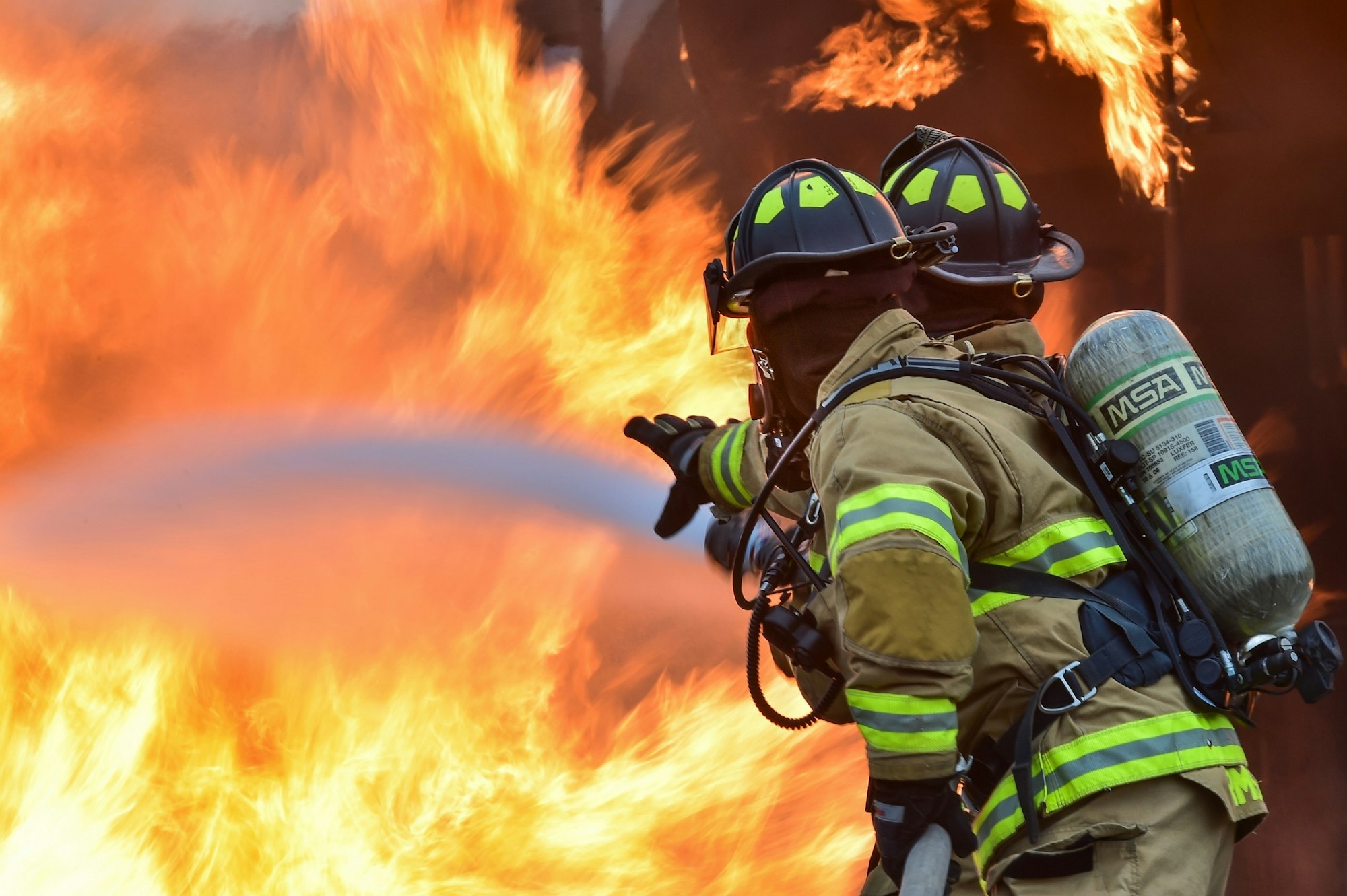Why Do Fire Districts Exist?
Fire districts are typically formed to consolidate fire protection services across smaller communities and unincorporated areas under a single provider. This regional approach improves service delivery, reduces redundancy, and lowers costs.
In many cases, neighboring towns may each operate their own fire stations—often with overlapping coverage areas and similar apparatus—leading to inefficient use of resources. Combining efforts into a single fire district allows for shared staffing, apparatus, and response strategies, resulting in broader and more effective coverage.
Examples of Fire Districts in Action

A well-known example is Snohomish County Fire District 7, which merged with Fire District 3 and now operates as part of Snohomish Regional Fire & Rescue. This district serves over 160,000 residents across multiple communities including Mill Creek, Monroe, and unincorporated areas of Snohomish County. The consolidation helped eliminate redundancy between departments, reduced response times, and provided consistent 24/7 staffing and advanced medical services.
Another strong example is Clark County Fire District 6, which serves unincorporated areas just outside the city of Vancouver. It provides full-service fire suppression, EMS, and rescue operations to communities that otherwise lack municipal fire departments. The district is equipped to serve both suburban and rural areas and uses a combination of full-time and volunteer personnel to maintain efficient coverage.
In more rural regions, Chelan County Fire District 1 serves as a prime example of how a district can effectively manage a large and diverse response area. Covering a mix of urban interface and wildland terrain, the district has strategically placed stations and apparatus, including brush trucks and water tenders, to address the unique challenges of the region.
How Are Fire Districts Structured Differently from City Fire Departments?
While the operational structure of a fire district is similar to that of a city department—featuring engines, ladder trucks, and specialized units—it often includes additional apparatus tailored for rural settings. These may include water tenders for areas without hydrants and brush trucks for wildland fire response.
The major differences lie in governance and funding:
- City Fire Departments are governed by a city manager and city council. They are funded through the city’s general revenue, which typically includes sales taxes shared across all departments.
- Fire Districts are governed by a board (usually 3–7 members), with representation from the communities served. They are funded primarily through property taxes—often called mill levies—within the district’s boundaries.
Stability of Funding
One advantage of fire districts is the relative stability of their funding. Property tax revenues tend to remain consistent over time, while city budgets—heavily reliant on sales tax—can fluctuate with economic changes.
For instance, during the COVID-19 pandemic, many city fire departments faced severe budget shortfalls due to plummeting sales tax revenues. In contrast, fire districts funded by property taxes experienced far less financial disruption, allowing them to maintain consistent service levels.
